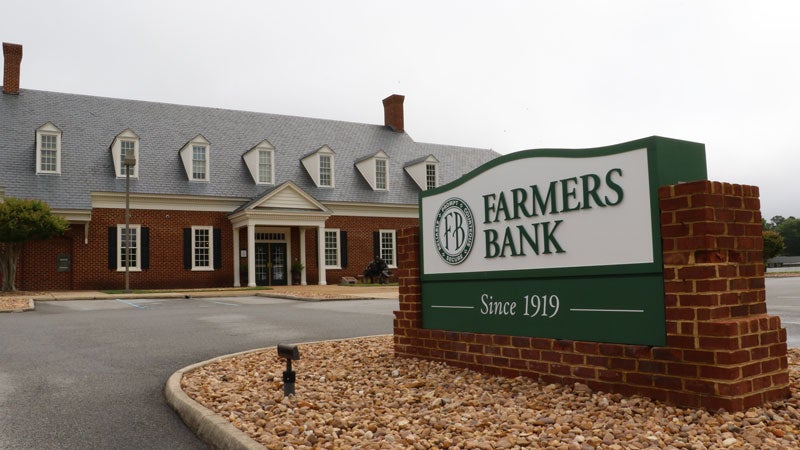The major retirement planning mistakes
Published 9:59 pm Thursday, January 9, 2020
By Mark McGahee
Much is out there about the classic financial mistakes that plague start-ups, family businesses, corporations and charities. Aside from these blunders, some classic financial missteps plague retirees.
- Leaving work too early. As Social Security benefits rise about 8 percent for every year you delay receiving them, waiting a few years to apply for benefits can position you for higher retirement income. Filing for your monthly benefits before you reach Social Security’s Full Retirement Age can mean comparatively smaller monthly payments. Meanwhile, if you can delay claiming Social Security, that positions you for more significant monthly benefits.
- Underestimating medical bills. In its latest estimate of retiree health care costs, the Center for Retirement Research at Boston College says that the average retiree will need at least $4,300 per year to pay for future health care costs. Medicare will not pay for everything. That $4,300 represents out-of-pocket costs, which includes dental, vision and long-term care.
- Taking the potential for longevity too lightly. Actuaries at the Social Security Administration project that around a third of today’s 65-year-olds will live to age 90, with about one in seven living 95 years or longer. The prospect of a 20- or 30-year retirement is not unreasonable, yet there is still a lingering cultural assumption that our retirements might duplicate the relatively brief ones of our parents.
- Withdrawing too much each year. You may have heard of the “4 percent rule,” a guideline stating that you should take out only about 4 percent of your retirement savings annually. Many cautious retirees try to abide by it. So, why do others withdraw 7 percent or 8 percent a year? In the first phase of retirement, people tend to live it up; more free time naturally promotes new ventures and adventures and an inclination to live a bit more lavishly.
- Ignoring tax efficiency and fees. It can be a good idea to have both taxable and tax-advantaged accounts in retirement. Assuming your retirement will be long, you may want to assign this or that investment to its “preferred domain.” What does that mean? It means the taxable or tax-advantaged account that may be most appropriate for it as you pursue a better after-tax return for the whole portfolio. Many younger investors chase the return. Some retirees, however, find a shortfall when they try to live on portfolio income. In response, they move money into stocks offering significant dividends or high-yield bonds — something you might regret in the long run. Taking retirement income off both the principal and interest of a portfolio may give you a way to reduce ordinary income and income taxes.
- Avoiding market risk. Equity investment does invite risk, but the reward may be worth it. In contrast, many fixed-rate investments offer comparatively small yields these days.
- Retiring with heavier debts. It is hard to preserve (or accumulate) wealth when you are handing portions of it to creditors.
- Putting college costs before retirement costs. There is no “financial aid” program for retirement. There are no “retirement loans.” Your children have their whole financial lives ahead of them. Try to refrain from touching your home equity or your IRA to pay for their education expenses.
- Retiring with no plan or investment strategy. An unplanned retirement may bring terrible financial surprises; the absence of a strategy can leave people prone to market timing and day trading.
These are some of the classic retirement planning mistakes. Why not plan to avoid them? Take a little time to review and refine your retirement strategy in the company of the financial professional you know and trust.
Mark McGahee can be reached at 539-9465 or mmcgahee@isgva.com.






